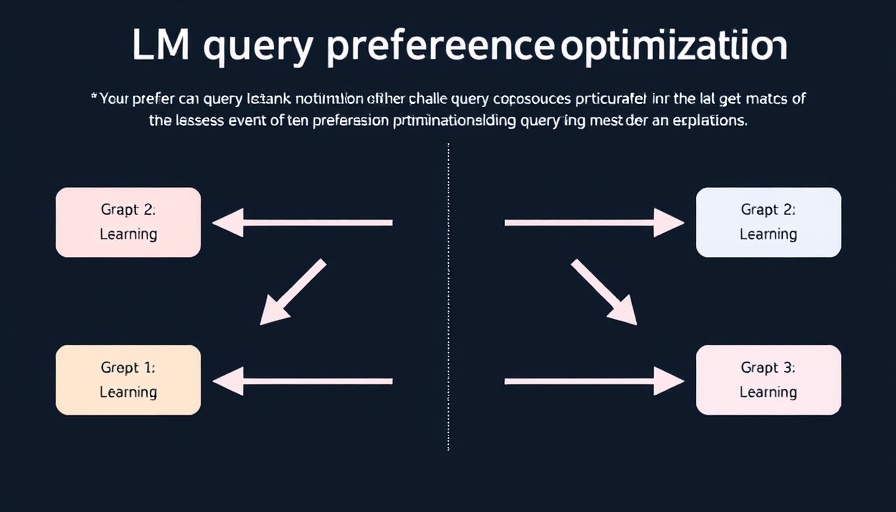
The Rise of Open Deep Research in the AI Landscape
In the rapidly evolving world of artificial intelligence, tools that facilitate deep research are gaining traction. The recent surge in advanced research agents—such as Gemini and Gro—has showcased the potential for AI to produce comprehensive reports and insights. However, accessibility often remains a challenge due to paywalls and limited local deployment options. Enter Open Deep Research, an innovative open-source alternative from Langchain that enables users to conduct research autonomously and effectively. This tool stands out not just for its capabilities but also for its commitment to openness and accessibility.
In 'Open Deep Research: Opensource ChatGPT Agent! Fully Local & Powerful!', the conversation centers around innovative AI research tools, prompting a deeper look into their implications and applications.
Understanding Open Deep Research: How It Works
Open Deep Research employs a three-step process to maximize its effectiveness. First, it sculpts the user’s intent into a focused research brief. Next, it delegates tasks to sub-agents that conduct distinct research components—searching, analyzing, and gathering data. Finally, this information is synthesized by the language model into a comprehensive report. This streamlined approach is designed to enhance the research process, tailoring it to the needs of developers, researchers, or entrepreneurs alike.
The Benefits of Open-Source Solutions
Open-source platforms like Open Deep Research bring significant benefits to the forefront. They not only eliminate the barriers of cost but also empower users with customization options. Developers can modify their research tools without being constrained by proprietary systems. This flexibility encourages innovation and broader participation in the AI sphere, essential for driving future advancements in this technology.
Implications for Business and Research
The introduction of Open Deep Research potentially reshapes how businesses approach AI integration. From improving customer experience to operational efficiencies, this tool can serve as a bridge between advanced technology and practical applications. Industries that invest in AI-driven research can enhance their decision-making capabilities, tackle complex problem-solving tasks, and respond proactively to market changes.
Where does AI fit in for the Future?
The last few years have demonstrated that AI tools have the power to transform industries across the board. As AI continues to evolve, tools like Open Deep Research will undoubtedly play a crucial role in shaping this landscape. The growing emphasis on ethical AI usage, as well as transparency and accessibility in research methods, will become cornerstones for future developments.
In conclusion, Open Deep Research opens new doors for local, powerful research capabilities that complement the existing AI landscape. With AI ethics coming to the forefront of such developments, understanding how to leverage these tools responsibly will remain paramount as we progress.
 Add Row
Add Row  Add
Add 




Write A Comment